BY DR MAMTA SHARMA
Bikaner, Rajasthan —
In a world grappling with the impacts of climate change and water scarcity, sustainable and equitable water management has never been more critical. The recognition, quantification, and integration of water’s value into decision-making processes form the cornerstone of global efforts, including the United Nations’ 2030 Sustainable Development Goals (SDGs). Among the arid regions that highlight this urgency is the northwestern district of Bikaner in Rajasthan—part of the unforgiving Thar Desert.
Bikaner’s climate varies from semi-arid in the east to hyper-arid in the west, receiving an average annual rainfall of merely 277.55 mm, with even the normal precipitation falling short at just 257.8 mm. Aside from the brief monsoon window, the region remains predominantly dry. In such a terrain, the significance of every drop of water cannot be overstated.
Historically, Rajasthan’s communities have relied on indigenous systems for water storage and conservation, including nadis, tankas, johads, bandhs, and sarovars. In Bikaner, particularly, traditional rainwater harvesting systems like bawaris (stepwells), kunds, and lakes served as lifelines, storing precious rainwater for domestic use, irrigation, and replenishment of groundwater tables.
Fading Legacy: The Decline of Traditional Structures
Once considered architectural marvels and vital water sources, many of these traditional structures in and around Bikaner now lie in disrepair. The deterioration is due to a lack of regular maintenance, unchecked urban expansion, and neglect by authorities and citizens alike. Siltation, invasive vegetation, crumbling walls, and garbage accumulation plague these centuries-old water bodies.
The iconic Sursagar Lake, built in 1614 AD by Sursagar Ji opposite the famed Junagarh Fort, stands as a testament to Bikaner’s once-profound water wisdom. The lake, which once saw layers of ice in winter and whose waters were used in preparing the region’s famed bhujia and mishri, now grapples with issues of pollution and diminished capacity.
Many other lakes and bawaris have either dried up or are filled with industrial and household waste, making the water unsafe for any form of use. Their feeder systems—natural catchment areas—have been encroached upon, disrupting water inflow and preventing proper recharge of aquifers.
Modern Challenges Meet Traditional Wisdom
Rampant unplanned urbanization has led to illegal constructions that have not only choked natural water channels but have also altered the region’s hydrology. Stormwater, which would once be naturally directed into ponds and lakes, is now lost due to concrete barriers or drained away as waste.
Adding to the problem is the diminishing cultural association with these structures. Where once bawaris and kunds were central to community life—hosting religious events, social gatherings, and even functioning as communal bathing and washing spots—today they are often dismissed as relics of the past.
Urgent Need for Revival and Restoration
To secure a sustainable water future for Bikaner and similarly situated regions, a concerted restoration campaign is vital. The approach must be multifaceted:
- Restoration and Desilting: Immediate desilting of water bodies and structural repairs to stepwells, embankments, and feeder canals.
- Community Involvement: Encouraging local stewardship through public awareness campaigns highlighting the ecological, cultural, and historical importance of traditional water structures.
- Policy Integration: Mandating rainwater harvesting and restoration efforts within urban planning frameworks by municipal and state authorities.
- Water Quality Monitoring: Establishing systems to periodically test and treat water stored in traditional structures to make them usable again.
- Ecological Landscaping: Developing green buffer zones around catchment areas to protect from encroachment and allow natural filtration of rainwater.
Global Significance and Local Inspiration
Bikaner’s rainwater harvesting practices, though rooted in antiquity, are more relevant today than ever before. Countries around the world are now looking to ancient water management practices for solutions to modern water crises. If restored, these systems can reduce dependency on overdrawn groundwater resources and make Bikaner a model for other arid and semi-arid regions globally.
As water levels plummet and the impacts of climate change escalate, the need to look back in order to move forward becomes imperative. Bikaner’s bawaris and kunds are not just remnants of a forgotten past—they are blueprints for a water-secure future.
बीकानेर की बावड़ियों और तालाबों की पुकार: पारंपरिक वर्षा जल संचयन संरचनाओं के संरक्षण की आवश्यकता
बीकानेर, राजस्थान —
जलवायु परिवर्तन और जल संकट की पृष्ठभूमि में, जल संसाधनों का सतत और न्यायसंगत प्रबंधन अत्यंत आवश्यक हो गया है। पानी के महत्व को पहचानना, उसका मापन करना और उसे निर्णय प्रक्रिया में शामिल करना, संयुक्त राष्ट्र के 2030 सतत विकास लक्ष्यों की प्राप्ति की दिशा में एक अनिवार्य कदम है। इसी संदर्भ में राजस्थान का उत्तर-पश्चिमी जिला बीकानेर एक महत्वपूर्ण उदाहरण है, जो थार रेगिस्तान का हिस्सा होने के कारण सूखे और जल की भारी कमी का सामना करता है।
बीकानेर में औसत वार्षिक वर्षा 277.55 मिमी है, जबकि सामान्य वर्षा इससे भी कम यानी 257.8 मिमी तक सीमित है। मानसून के कुछ महीनों को छोड़कर शेष वर्ष भर जलवायु अत्यंत शुष्क बनी रहती है। इस भूभाग में जल की प्रत्येक बूँद अमूल्य है।
राजस्थान के पारंपरिक जल स्रोतों में नाड़ी, टांका, जोहड़, सरोवर, बांध आदि प्रमुख रहे हैं। बीकानेर में विशेष रूप से बावड़ी, कुई और तालाब जैसे वर्षा जल संचयन के पारंपरिक माध्यम सदियों तक जीवन का आधार रहे हैं।
विरासत की अनदेखी: ध्वस्त हो रही हैं संरचनाएं
बीकानेर की पारंपरिक जल संरचनाएं, जो कभी जीवनदायिनी और सांस्कृतिक धरोहर थीं, आज उपेक्षा और अतिक्रमण की शिकार हो रही हैं। नियमित देखरेख के अभाव में इनमें गाद भर गई है, वनस्पति उग आई है और कई संरचनाएं टूटने के कगार पर हैं। शहर के मध्य स्थित ऐतिहासिक सूरसागर तालाब, जिसे 1614 ई. में सूरसागर जी ने बनवाया था, इसका एक उदाहरण है। एक समय इसका पानी इतना स्वच्छ होता था कि उससे भुजिया और मिश्री बनाई जाती थी, और यहां तक कि सर्दियों में इसमें बर्फ जम जाती थी।
आज सूरसागर और अन्य जलाशय प्रदूषण, अतिक्रमण और गाद से ग्रस्त हैं। पानी की गुणवत्ता में भारी गिरावट आई है और भंडारण क्षमता में भी कमी आई है।
परंपरा बनाम आधुनिकता: चुनौतीपूर्ण संतुलन
तेजी से हो रहे अनियोजित शहरीकरण ने जल संरचनाओं के जलग्रहण क्षेत्रों को निगल लिया है। प्राकृतिक जल प्रवाह बाधित हो गया है, जिससे भूजल रिचार्ज रुक गया है और वर्षा जल संचयन की प्रणालियाँ बेअसर हो गई हैं। साथ ही, नई पीढ़ी का इन संरचनाओं से भावनात्मक और सांस्कृतिक जुड़ाव भी टूटता जा रहा है।
संरक्षण की दिशा में आवश्यक कदम
बीकानेर और अन्य रेगिस्तानी क्षेत्रों में पारंपरिक जल संरचनाओं के संरक्षण के लिए तत्काल प्रयास आवश्यक हैं:
- गहरी सफाई और मरम्मत: तालाबों, बावड़ियों की गाद निकासी और ढांचागत मरम्मत।
- सामुदायिक भागीदारी: लोगों को इन संरचनाओं के पारिस्थितिक और सांस्कृतिक महत्व से जोड़ना।
- नीतिगत हस्तक्षेप: शहरी योजनाओं में इन संरचनाओं की बहाली को अनिवार्य किया जाना चाहिए।
- जल गुणवत्ता की निगरानी: पानी की नियमित जांच और आवश्यक उपचार की व्यवस्था।
- हरित क्षेत्र का विकास: जलग्रहण क्षेत्रों के चारों ओर हरित पट्टी बनाकर अतिक्रमण रोका जाए।
नमूना बन सकता है बीकानेर
आज जब दुनिया जल संकट की ओर बढ़ रही है, बीकानेर की सदियों पुरानी जल प्रबंधन परंपराएं पुनः विश्व का मार्गदर्शन कर सकती हैं। यदि इन संरचनाओं का संरक्षण और पुनरुद्धार किया जाए, तो यह न केवल स्थानीय जरूरतों को पूरा कर सकती हैं, बल्कि वैश्विक जल प्रबंधन की दृष्टि से भी एक आदर्श प्रस्तुत कर सकती हैं।
बीकानेर की बावड़ियां और सरोवर केवल अतीत की यादें नहीं हैं – वे भविष्य की जल सुरक्षा की चाबी हैं।


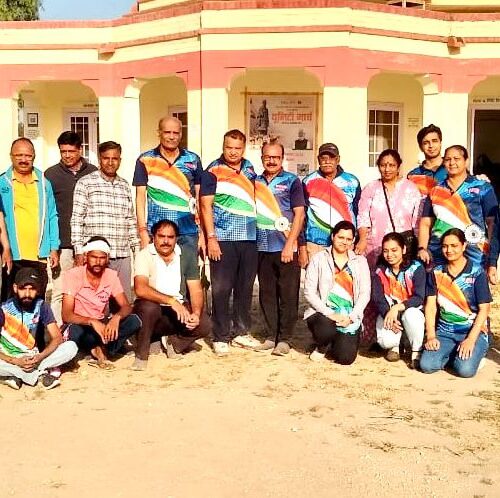

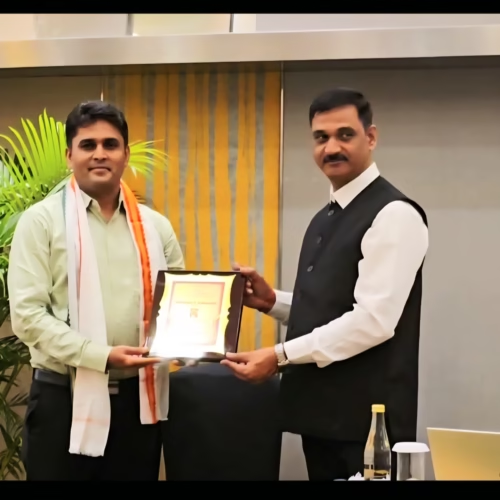

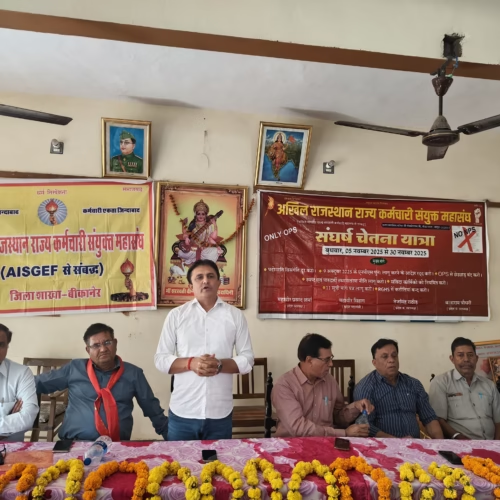
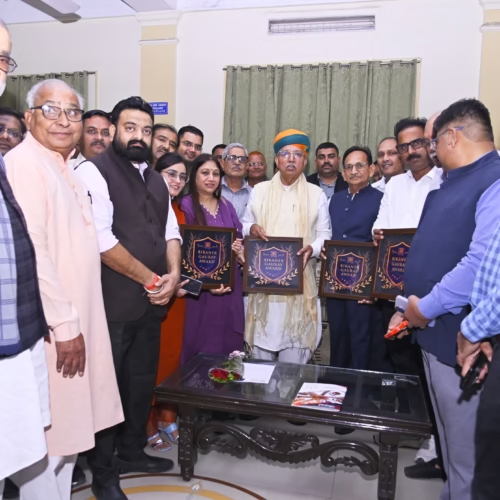
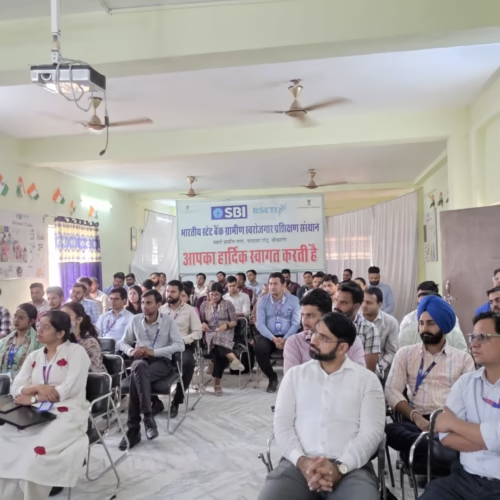
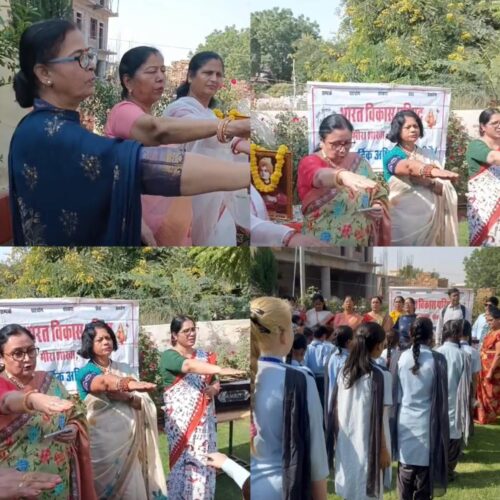






Add Comment